Pratt & Whitney to Receive State's Medal of Technology
/Pratt & Whitney has been selected as the 2018 recipient of the Connecticut Medal of Technology in recognition of its accomplishments in creating the groundbreaking geared turbofan (GTF) technology with unprecedented reductions in fuel consumption and noise, representing an incredible technological achievement in mechanical engineering and aircraft propulsion.
It marks the first time in recent memory that the Medal will be presented to a business; previous recipients have been individuals. David B. Carter, Senior Vice President of Engineering will accept the award on behalf of Pratt & Whitney at the 43rd Annual Meeting & Dinner of the Connecticut Academy of Science and Engineering (CASE) on Thursday, May 24, 2018 at the Red Lion Hotel in Cromwell.
Pratt employs thousands of engineers and workers with headquarters, research and development organizations and production facilities in Connecticut. United Technologies Corporation, parent company of Pratt & Whitney, spent more than $10 billion on research before launching the GTF engine.
With more than 8,000 engines sold to date, the GTF represents several hundred billion dollars of economic activity in Connecticut over the next few years. Numerous airline customers have chosen Pratt & Whitney’s PurePower® turbofan engines because of the superior architecture and performance, as well as economic and environmental benefits.
 “At Pratt & Whitney, we are in a very competitive industry and our continued success depends on our people driving innovation into every part, process and service,” said Carter. “Our customers have depended on Pratt & Whitney innovators literally for generations, and with the GTF, they can continue to count on us for the next generation.”
“At Pratt & Whitney, we are in a very competitive industry and our continued success depends on our people driving innovation into every part, process and service,” said Carter. “Our customers have depended on Pratt & Whitney innovators literally for generations, and with the GTF, they can continue to count on us for the next generation.”
“From the smallest detail of our engine design to the last stage of our manufacturing line, they are continuously improving how our engines are designed, manufactured and serviced. In the GTF alone, we matured or invented at least 48 technologies to drive performance benefits and we have over 3600 patents and patent applications filed globally to protect our investment in innovative GTF architecture. These technologies go beyond the gear and include advancements to the fan blade, engine core, materials, monitoring systems and a host of others.
Pratt & Whitney has had a long-term commitment to and association with the State of Connecticut. “The State of Connecticut is proud to award the Connecticut Medal of Technology to Pratt & Whitney,” said Governor Dannel P. Malloy.
Malloy said that “Connecticut is the proud home of some of the nation’s most talented aerospace and defense manufacturers and suppliers, and Pratt & Whitney is certainly among them. This company continues to conduct cutting-edge aerospace research, providing exciting new opportunities for top engineering and science graduates from our state’s colleges and universities. We applaud Pratt & Whitney for their ongoing innovations and continued commitment to the State of Connecticut.”
The Connecticut Medal of Technology is awarded to individuals, teams, and companies/non-profits or divisions of companies/nonprofits for their outstanding contributions to the economic, environmental and social well-being of Connecticut and the nation through the promotion of technology, technological innovation, or the development of the technological workforce.
By highlighting the importance of technological innovation, the Medal also seeks to inspire future generations to prepare for and pursue technical careers to keep Connecticut and the 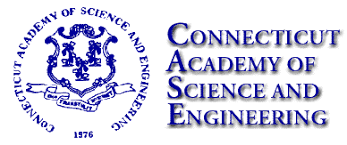 nation at the forefront of global technology and economic leadership.
nation at the forefront of global technology and economic leadership.
The Connecticut Academy of Science and Engineering was chartered by the General Assembly in 1976 to provide expert guidance on science and technology to the people and to the state of Connecticut, and to promote the application of science and technology to human welfare and economic well-being.
Modeled after the National Medal of Technology and Innovation, this award is bestowed by the State of Connecticut, with the assistance of the Connecticut Academy of Science and Engineering, in alternate years with the Connecticut Medal of Science.
The Connecticut Medal of Science was presented last year to Professor Robert Schoelkopf, Sterling Professor of Applied Physics and Physics and Director of the Yale Quantum Institute. Previous Connecticut Medal of Technology recipients include Cato T. Laurencin (2016) Professor at the University of Connecticut andCEO, Connecticut Institute for Clinical and Translational Science, and Frederick J. Leonberger (2014), Principal of Ovation Advisors, LLC and Senior Vice President and Chief Technology Officer (ret.), JDS Uniphase Corporation.
For more information about the Academy, visit www.ctcase.org.



 The five dimensions, mentioned above, were weighted to determine an overall score on a 100 point scale using thirty relevant metrics including the cost of living, rate of home ownership and insurance, average student loan debt, voter turnout rate, unemployment rate, percentage diagnosed with depression and the average price of a latte at Starbucks.
The five dimensions, mentioned above, were weighted to determine an overall score on a 100 point scale using thirty relevant metrics including the cost of living, rate of home ownership and insurance, average student loan debt, voter turnout rate, unemployment rate, percentage diagnosed with depression and the average price of a latte at Starbucks. In comparing the average annual opioid-related death rates per 100,000 population in 2012-13, 2014-15, and 2016-17, the dramatic increases across communities statewide is quite evident. The data analysts point out that data are where deaths from 'any opioid' (meaning some type of opioid were found in the person) take place. Therefore, they explain, one would expect to see higher rates in places with large hospitals (hence high rates in cities). They add that one can also not discount that these places are also seeing higher rates among its residents.
In comparing the average annual opioid-related death rates per 100,000 population in 2012-13, 2014-15, and 2016-17, the dramatic increases across communities statewide is quite evident. The data analysts point out that data are where deaths from 'any opioid' (meaning some type of opioid were found in the person) take place. Therefore, they explain, one would expect to see higher rates in places with large hospitals (hence high rates in cities). They add that one can also not discount that these places are also seeing higher rates among its residents.
 The Connecticut Data Collaborative has posted on its
The Connecticut Data Collaborative has posted on its 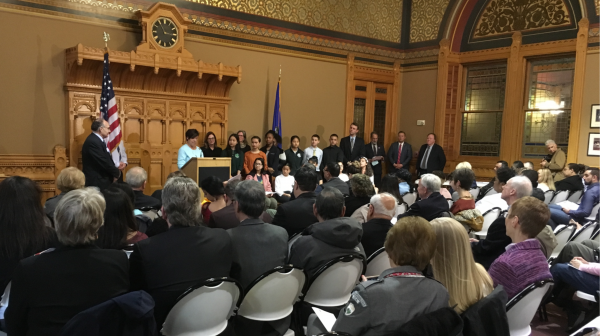
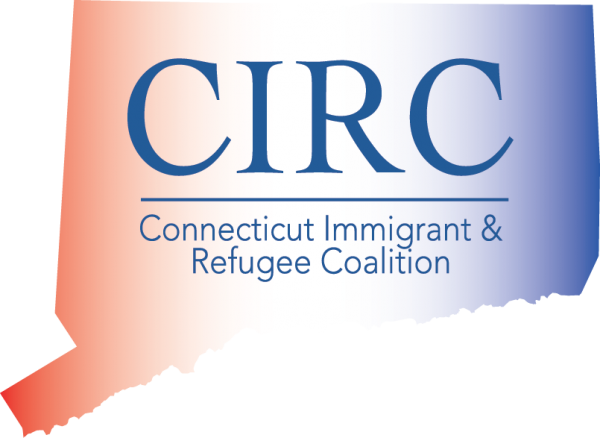 Sixth-graders from the Interdistrict School for Arts and Communication in New London were recognized for their project, “Community Faces-Humanizing the Immigrant Label,” parts of which were on display at the Capitol. The second group was Teens4Citizenship, a Hartford Public Library and Hartford Public Schools collaborative program. As "Citizenship Guides," these high school immigrant students support family and community members on the path to Citizenship and upon turning 18 pursue their own citizenship.
Sixth-graders from the Interdistrict School for Arts and Communication in New London were recognized for their project, “Community Faces-Humanizing the Immigrant Label,” parts of which were on display at the Capitol. The second group was Teens4Citizenship, a Hartford Public Library and Hartford Public Schools collaborative program. As "Citizenship Guides," these high school immigrant students support family and community members on the path to Citizenship and upon turning 18 pursue their own citizenship. Instead of honoring Christopher Columbus, the Indigenous Peoples’ Day recognizes Native Americans, who were the first inhabitants of the land that later became the United States of America. Advocates for the switch to Indigenous Peoples Day argue that Columbus did not “discover” America in 1492 but instead began the colonization of it.
Instead of honoring Christopher Columbus, the Indigenous Peoples’ Day recognizes Native Americans, who were the first inhabitants of the land that later became the United States of America. Advocates for the switch to Indigenous Peoples Day argue that Columbus did not “discover” America in 1492 but instead began the colonization of it.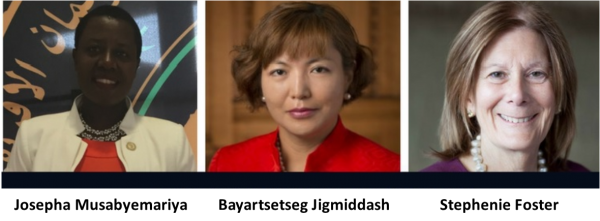 On campus will be:
On campus will be:



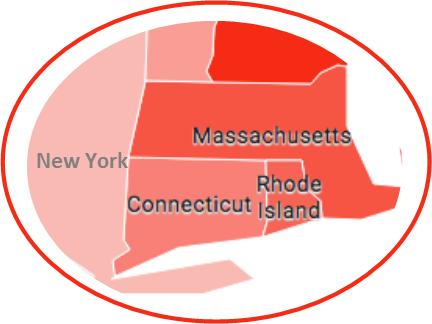 Even in advance of the merger plan, the Board of Regents has been extending lower tuition offers in every direction, reaching out to students in Massachusetts, Rhode Island, New York and even New Jersey, making offers that the Regents hope will be tough to refuse.
Even in advance of the merger plan, the Board of Regents has been extending lower tuition offers in every direction, reaching out to students in Massachusetts, Rhode Island, New York and even New Jersey, making offers that the Regents hope will be tough to refuse.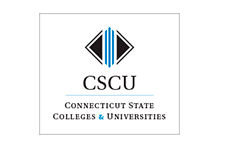



 According to “The State of Languages in the U.S.: A Statistical Portrait,” Connecticut was one of seven states, along with New Jersey, Pennsylvania, Maryland, Vermont, New Hampshire and Wisconsin, where more than 30 percent of K-12 students were enrolled in language. As of 2014, only twelve states had more than one in four elementary- and secondary-school students studying languages other than English.
According to “The State of Languages in the U.S.: A Statistical Portrait,” Connecticut was one of seven states, along with New Jersey, Pennsylvania, Maryland, Vermont, New Hampshire and Wisconsin, where more than 30 percent of K-12 students were enrolled in language. As of 2014, only twelve states had more than one in four elementary- and secondary-school students studying languages other than English.



























